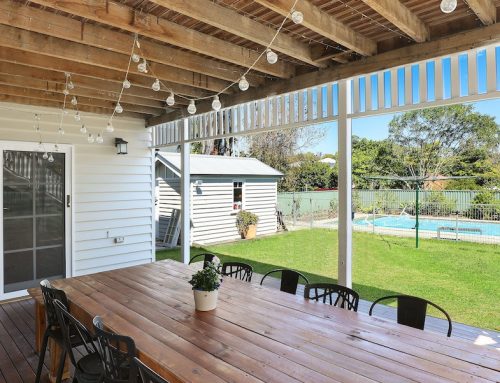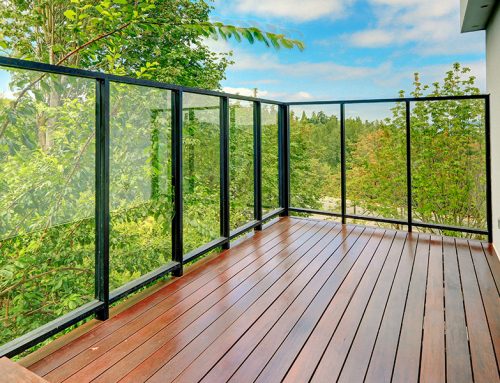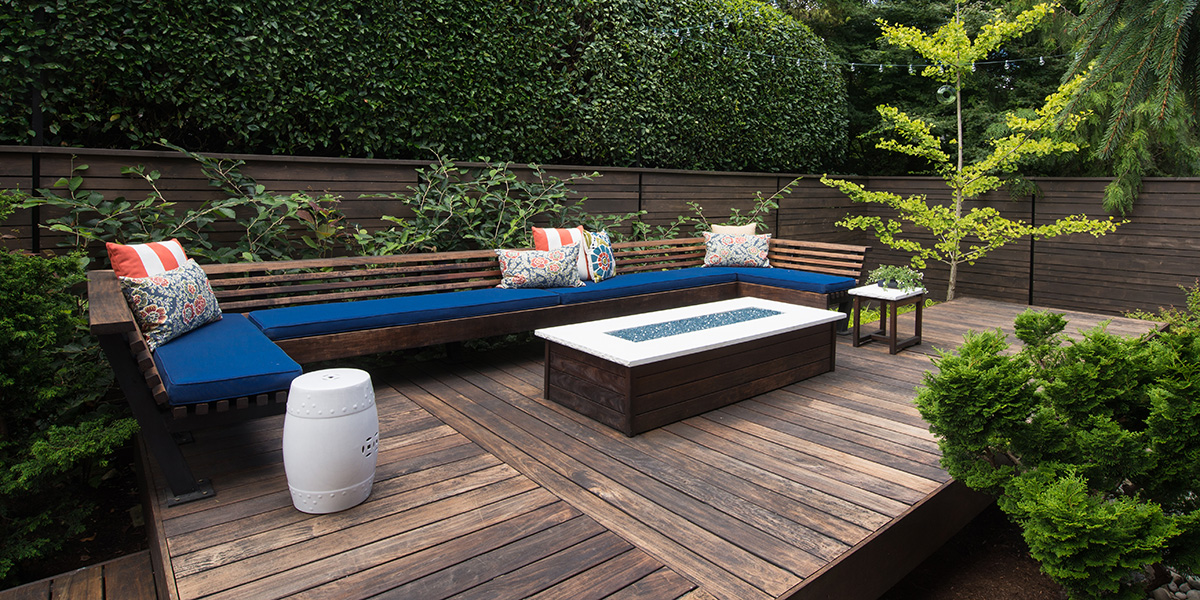
Timber is the most obvious choice for building a deck but we there are two more popular options that are worth some consideration. We take a look…
Types of Decking Materials
There are three main types of materials used when building a deck: timber, concrete and composite timber.
Timber
Timber decks are a 100% natural wooden product. Pine, tropical hardwood and bamboo are the three types of common timber available, each with their own pros and cons. Pine is the cheapest product, will grey over time, is prone to splintering and cracking and requires regular staining and maintenance.
Hardwood is very strong, insect resistant and will grey and splinter over time. Bamboo boards are made of thin strips which are glued together to make a solid board. They offer an eco-friendly option, with it being one of the fastest growing plants.
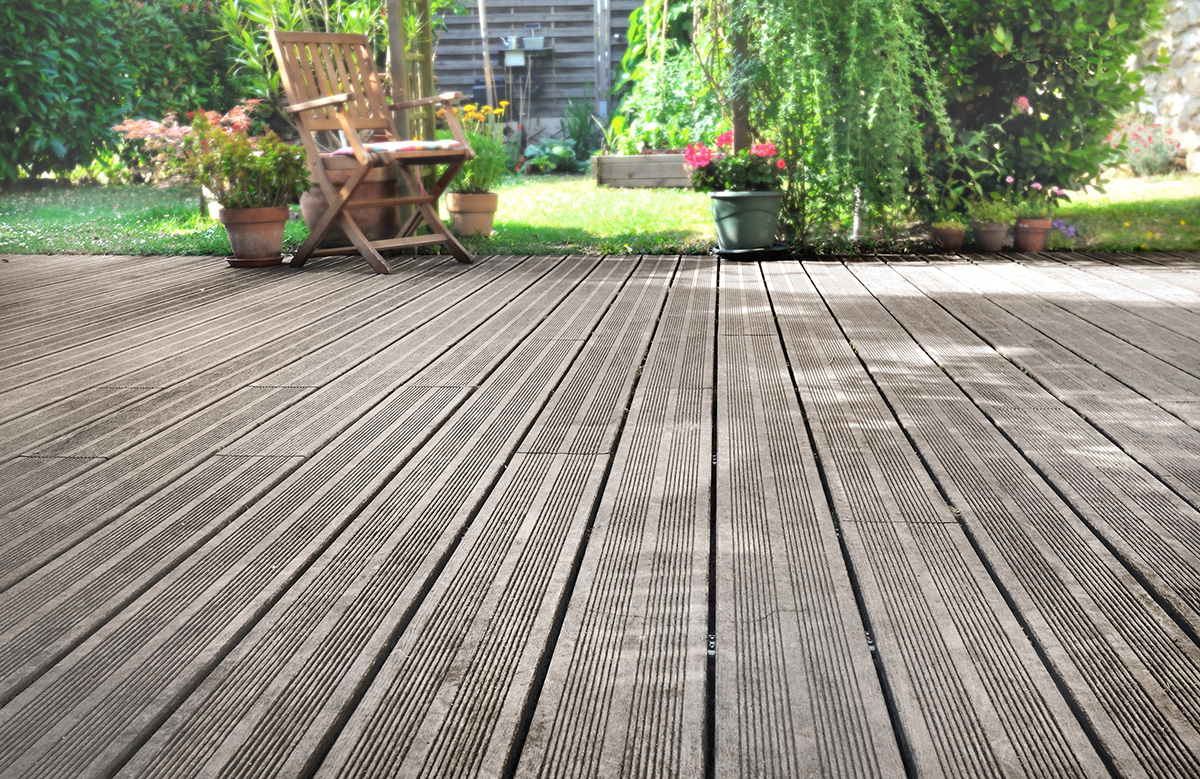
Concrete
Concrete decks are not too common and are sometimes mistakenly called patios. A concrete deck does require additional structural support. For this reason, most home owners choose lighter materials for their decking to reduce costs. But if you are keen on a concrete deck, it is a valid choice.
Often you will see concrete decks in taller buildings or as a raised deck which helps develop that ever important indoor-outdoor flow.
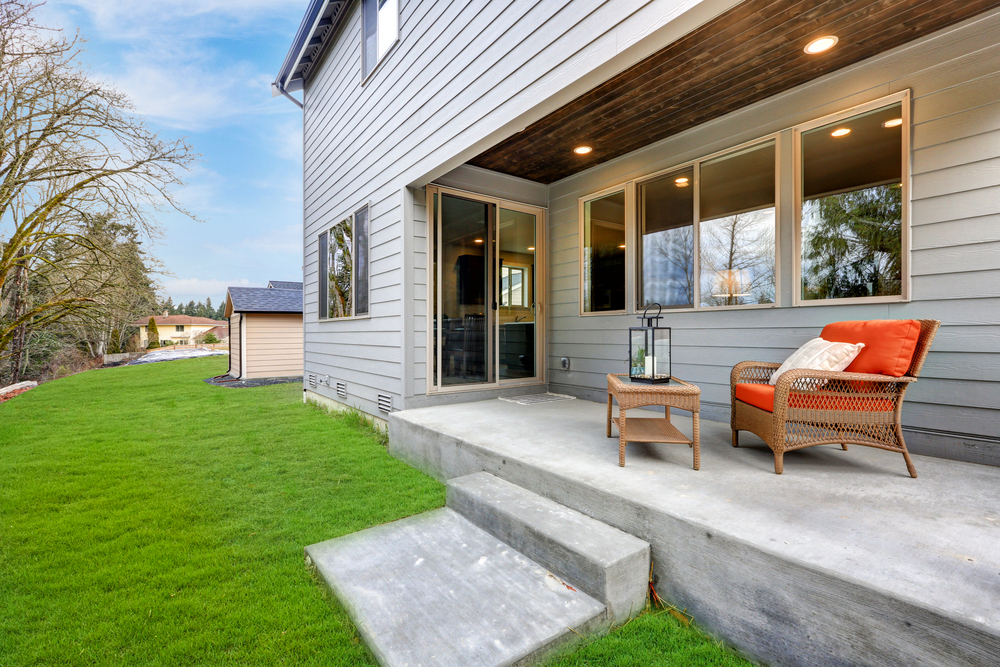
Composite
Composite decking is new to the market, but has been popular overseas for many years. Each board is made with a ratio of usually 50% plastic and 50% timber pulp. They offer incredible weather resistant properties, require minimal maintenance and are slip resistant.
They do expand and contract with temperature variations. That’s why they need to be laid according to the manufacturer’s recommendations.
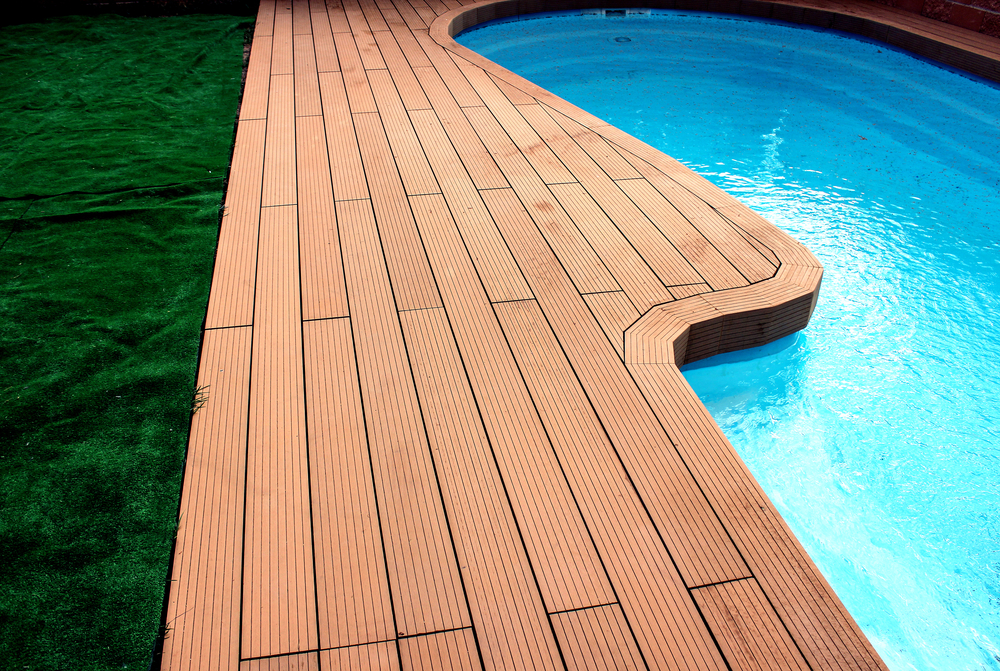
How to Choose the Right Decking Material
Decks make wonderful extensions of our homes. But just like the inside of our home, we want the outside to be just as good in appearance and usability.
In choosing the material for your new deck, it’s important to consider these three factors:
Maintenance
A solid timber deck requires more maintenance than one built with concrete or composite timber. It will need to be stained yearly, sanded to remove splinters and cleaned to remove moss and mould. A concrete deck will require yearly cleaning to remove plant growths. A composite deck needs minimal maintenance just with cleaning when necessary.
Appearance
Think about the way you want your deck to look both upon installation and in 10 years’ time. Timber ages and weathers easily, often losing the distinctive wood grain pattern and turning a shiny grey. Concrete decks are dark in colour, which attracts and retains heat.
Furthermore, if you walk barefoot a lot, you’ll need to start wearing shoes on your deck to avoid burnt feet. Composite decking often comes with a 20-year warranty which promotes it colourfastness and ability to stay looking as new for the lifespan of the product.
Price
Like everything, you pay for what you get. A pine deck is cheaper to purchase, but because it is likely to need replacing earlier than other products, this adds to your costs. Concrete is reasonably priced. But because of the structural supports it needs, the price is higher.
Composite decking is slightly dearer. After factoring in the lack of maintenance and supplies needed over its lifespan, it is a well priced option.
Choosing the right decking material for your home depends on how you want it to look and how much maintenance you are prepared to do. For an instant guide on how much it will cost to build your new deck, head over to our Cost Estimator tool. You’ll be surprised at how affordable your new deck is!
